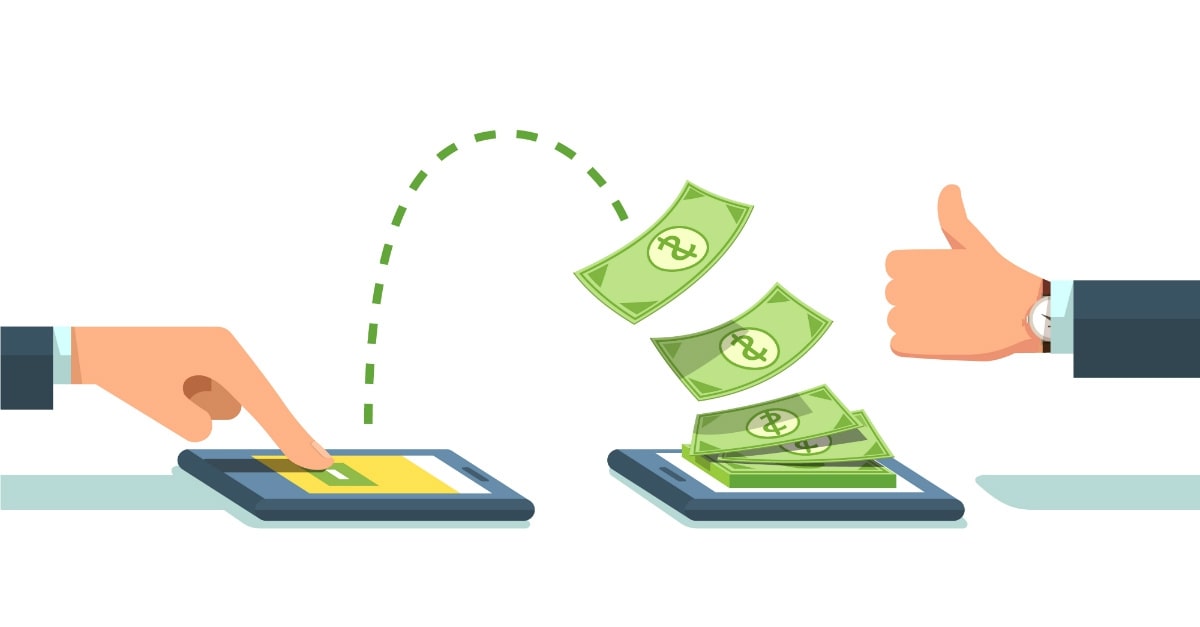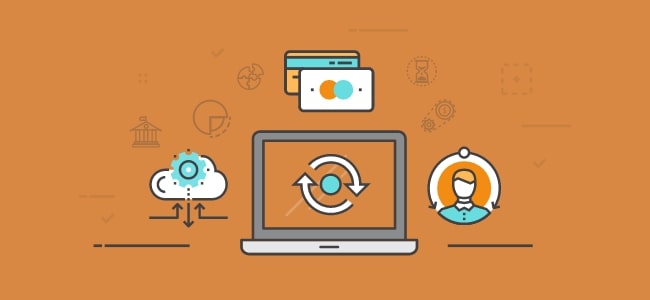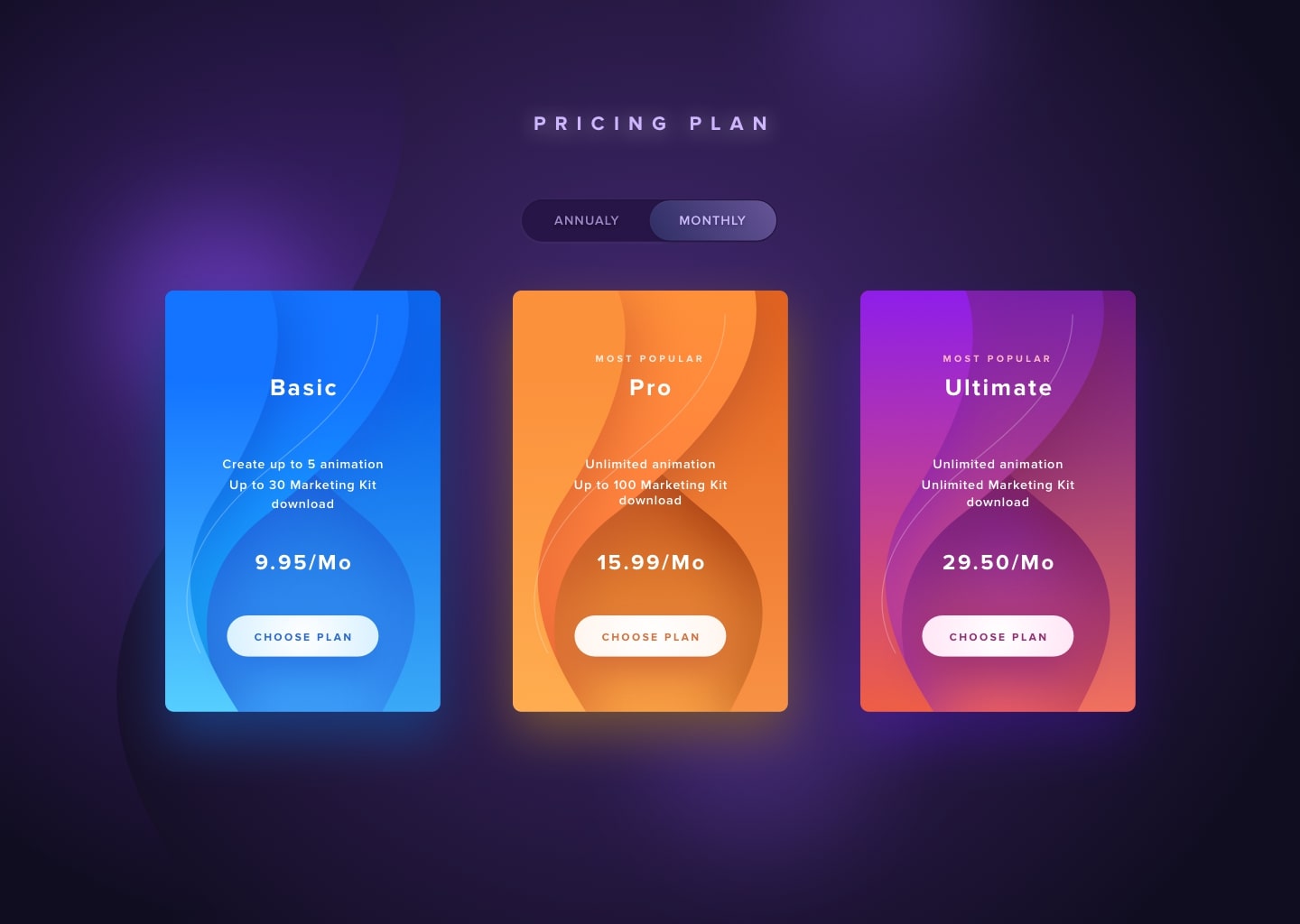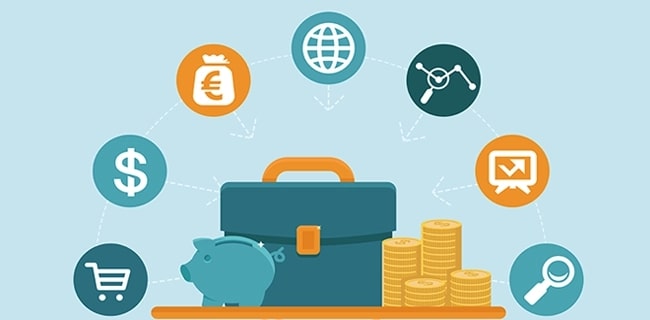One-time Payments vs Recurring Payments: What are the Differences?
Deciding the price of your subscription site can be one of the toughest and most difficult things to assess. It isn’t just trying to figure out how much to tax, it’s also trying to find out what kind of billing system to use. Should you charge a one-off fee for entry to your website or do people charge better per month?
When weighing these choices, we have some things to consider, so we have put a few metrics together to help you find out how best to function. Stay in with us to find out the key differences between the two types of billing and consider what works best for your business.
About one-time and recurring payments
One-time payments

One-time payments are applied in the pay-as-you-go pricing models. Pay-as-you-go models operate differently, as a customer pays a one-time cost to obtain the product or service. If they need it again, when they choose, they’ll pay again.
In a web-based firm, the payment as a model usually comes as a supplier with software or (SaaS). This model accounts for services outside by users, money transfer, time, peak, or any other subscription measurement services. It comes from across the cloud. There are models that are fully usable. Users will pay a minimum installation fee, the usage fee, and support and service costs. Other models combine a recurring monthly fee and usage fees.
The pay-as-you-go model appeals many times to consumers and companies as it gives them more control of use. It also makes sure you don’t pay for a product if you don’t use it. In comparison to models where low rates are charged, pay as you go has shown to be lower in consumption.
Companies can be intimidated by this model sometimes in the context of revenue if customers pay little or no flat repetitive fees. The company must instead persuade its customers to use its products sufficiently to ensure a steady revenue stream. This makes it harder to predict future cash flow and decide on the company in the future.
Recurring payments

Briefly explaining, recurring payments are repeated payments. There are repeated recurring payments. It is when the items or services you are supplied on a regular basis are automatically charged. It can depend on the business model for some amount of time.
To execute a recurring payment, the Initial sale or card permission must be initiated, and the process consists of three main steps. First, the customer selects on their website the recurrent payment option. The customer must then accept and wait until authorization has been obtained. Finally, the card information must be entered and the payments confirm. The user will automatically be paid for a time from now on or until the subscription is discontinued.
Some significant differences to consider
Apart from the definition, nature, and operating process, one-time payments and recurring payments also appear different in other aspects that are the determining factors of your business’ future growth and profitability.
Revenue
One of the key benefits of one-off payments is that they would greatly increase the bank account relative to recurring payments. However, intrinsically higher exchange rates relate to periodic payments. If you prefer a periodic form of payment, you will face the burden to maintain and reinvest your money in order to keep your company growing. For example, if you select a one-time payment (or more spread-off payments, i.e. annual payments), you can expect more to be assigned to retention strategies.
All must be checked from what rate you choose: from the packages and levels that you want to list to discounts and how you present your deals, in order to make them more attractive to the consumers.
Cash Flow

At first, it seems a pretty safe idea to make a lump sum falling into your bank account. However, if you do want a one-off, the lump sum, before the next time you apply for more money - if you do, is what your consumers get from you. In the meantime, you still have overhead and repeating payments. I am pretty sure the initial costs estimate in the first month can vary a lot in the coming months.
Churn Rate
Churn rate is the percentage rate at which the customers may discontinue their subscription to a service/product in a given period. The higher the churn rate is, the more harmful it will be to your business’ profits and growth.
Recurring payments make you feel like becoming a service, and consumers may prefer to go elsewhere. The nature of your program has an impact, but you have to pay more attention to keeping and attracting your customers if you want repeated payment. In the first month, you will usually begin to experience increasing churn rates, and the company will be at the center of promotions – in particular recruitment, retention, and remarketing.
Break-even Points
It is important that you hit the break-even point of your business: the faster you collect your rewards, the better it can be.
If you cannot find ways to increase the growth rate, it takes longer to hit the break-even point by repetitive payments and, while the worth of a customer’s lifespan is ultimately greater with recurring payments, the money arrives in small amounts.
One-time or recurring payment - Pros and Cons
The pros and cons of one-time payments

Pros
One-time payments undoubtedly have several benefits to consider. The payment model eliminates the entry barriers for the customers and gives them more versatility in their choices of products or services. A consumer does not have to make a prescribed plan to receive charges each month. You only pay once, and then start using a good or service. It works well for items that are rarely needed. Consumers should not make a pledge and are thus free to make budgets. Consider the differences between Netflix’s viewing of a video and Redbox’s rental.
This concept lets companies handle cost-per-use when the consumer pays for the service they choose. It also makes it easier to properly track what is and what is not sold. The actual sales generators should stand out instead of going all-in on a product set. Also, more linear metrics can be allowed. It is easier to see which products have a big ROI compared with which products hardly break even.
Cons
When the buyer orders, you profit from the transaction straight now and there through the one-off payment model. You will have to turn this individual into a recurrent customer to continue generating these profits. This calls for the development and introduction of new goods that offer consumers a reason to return.
Without defined monthly relations, it is a struggle and an opening up for rivals to keep consumers interested.
And although on a product-by-product basis there are more linear indicators, it can be harder to estimate profits over time. It is not yours that consumers purchase the goods on their timetable. As a result, quarter-to-quarter sales swings are not rare.
The pros and cons of recurring payments

Pros
Customers register once, the commodity is shipped to them (digital or physical) and they have nothing left to recall. Subscriptions are fast and seamless when they are effective. The rewards of your services are frequently reminded to consumers and are thus easier to budget. You know how much you pay for your product and what you owe your product. Happy consumers are loyal clients.
The subscription firm allows the estimation of sales for businesses due to recurring purchases. You do not focus on irregular customer orders with recurrent payments. Instead, you automatically bill consumers over and over again, increasing your earnings and building up long-term profitability.
Recurring fees also increase the customer experience. With recurring billing, consumers do not necessarily have to place the same order as they do automatically, saving them time. In comparison, the recurrent payment model is more relativistic than transactional of transactions between the business and the customer. It’s not surprising that this will continue to encourage consumer satisfaction.
Cons
Renewals are a primary driver of sustainability in a recurrent payment model. If a customer does not choose to renew its subscription, then the result is a declining profit. It is not shocking that the key issues listed by companies with this model are the management of customer loyalty and customer retention.
In comparison, recurring payments can be more complex from faulty transfers to obsolete payment methods than one-time payments. As such, you want to ensure that you partner with a payment platform company to fulfill your needs and those of your customers.
One-time or recurring payment - What should you charge?

The basic pricing model you use is one of the first things to remember in selecting your payment system. You might have a tough time selling the idea of charging a regular access fee if the membership essentially focuses on one key course because after people have done, there are always very few reasons to stick around. People will always continue to feed the contents of their courses to warrant a regular charge, but you will ultimately run out of content and therefore out of reasons to hold people around.
The following are a few things to consider before making your final decision:
Customer expectations
If the price model is not easy for consumers, they certainly won’t be customers for a very long time. Speak to you and see what you think because you have existing customers. If you’re still investigating, explore your product and how to bill for it with would-be buyers or with those you believe are your target market.
People making a one-off purchase would agree that what is available for him as an owner since the first day does not vary much - if any - over time; while people who pay the monthly fee would want you to provide value continuously.
Split-testing
Split tests were hard to set-up at one stage for the layman, but they are not a challenge anymore. There are a lot of new apps that allow you to build two separate page versions, and then see which one converts to more consumers and earns more for you.
Business sustainability

Subscription-oriented companies would seem to be the obvious option here (and, assuming you can avoid subscription fatigue, they can be great for creating recurring revenue). But regardless of the model you choose, the emphasis should be on sustainability and custody. You should know it is difficult to keep long-term subscription customers because of the quality of the offering. If that is the case, then one-time payments might be a better option.
Related posts:
Final Words
You may want to think about offering both choices and encouraging customers to pick which one is right for them if you’re still stuck with the billing method.
In order to ensure that the figures are added up, one has to be smart when deciding what you charge on each option – payment of twelve monthly installments can not be easier than paying 1 yearly payment; and when you offer an option for a living, then it needs to make sense in respect to what you charge month by month. You may not want to have so many payment options without overcomplicating matters, but it is certainly beneficial that both a one-off and a recurring billing option are possible and in many circumstances.
New Posts








